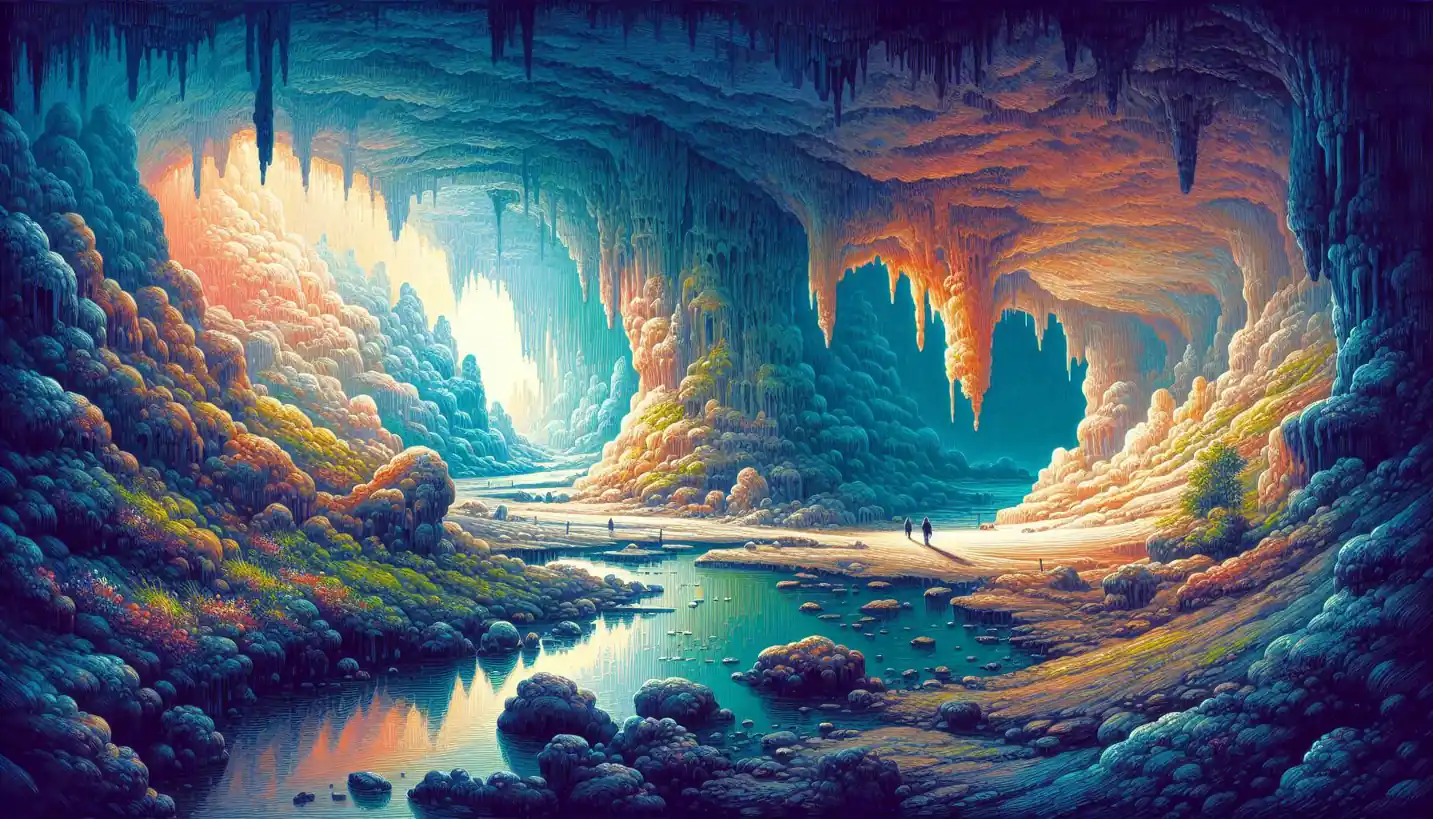· Earth Science · 4 min read
Pedogenesis: The Hidden Story Beneath Our Feet
Pedogenesis is the process of soil formation, creating diverse ecosystems across the globe. Discover the hidden microbial activities that drive this vital Earth process.

Beneath the ground we walk on, an incredible process is happening—pedogenesis. This is the magical transformation where rocks and organic material turn into soil, the foundation of life on Earth. This phenomenon is a cornerstone in the fields of soil science and earth science, unveiling the secrets of how our world’s fertile layers come to be.
Pedogenesis is like nature’s backstage crew, working tirelessly to create the very ground that supports all terrestrial life. To understand this process, imagine the slow yet persistent work of sculptors shaping a masterpiece over millions of years.
The Ingredients of Soil Creation
At its core, pedogenesis involves a collaboration between the Earth’s physical and biological systems. To put it simply, it’s the process of turning rocks into soil through a series of natural interactions.
Weathering: Nature’s Chisel
The first step in soil formation begins with weathering. Think of it as nature’s way of breaking down big rocks into tiny particles. There are two main types of weathering at play: physical and chemical.
Physical weathering occurs when environmental factors like wind, water, and temperature changes break rocks into smaller fragments. Imagine a glass shattering into pieces when hit by a hammer. Chemical weathering, on the other hand, involves reactions between minerals in rocks and substances like oxygen and water, transforming them into new, softer materials.
The Role of Living Organisms
Once rocks are fragmented, living organisms join the party. Plants, microbes, and fungi all contribute to the pedogenesis process. The roots of plants pry into rocks, further breaking them down, while microorganisms feast on organic matter. These biological agents accelerate the chemical breakdown of minerals, enriching the emerging soil with nutrients.
Organic Matter: The Secret Sauce
One of the key players in pedogenesis is organic matter. When plants and animals die, they leave behind organic residues. This material decomposes over time, thanks to the hard work of microorganisms, turning into humus. Humus is like the vitamin boost for soil, providing the nutrients needed for plant growth and helping the soil retain moisture.
A Slow Dance Through Time
Pedogenesis is a lengthy affair. Unlike a quick chef whipping up a meal, soil formation takes centuries, even millennia. Several factors influence this pace, including climate, topography, the types of rocks, and biological activity. In a tropical rainforest, rich soil may form relatively quickly, while in a desert, this process might take thousands of years.
Climate: The Conductor of Change
Climate plays a monumental role in dictating the rate of pedogenesis. In warmer, wetter climates, chemical reactions speed up, accelerating soil formation. Rainfall acts like a natural blender, mixing mineral and organic matter, while temperature fluctuations aid physical breakdown.
Landscape and Parent Material
The lay of the land and the type of rock material, known as parent material, also steer soil formation. Steep slopes might see more erosion than pedogenesis, sweeping away potential soil. Meanwhile, flat areas allow the accumulation of material, providing a nurturing cradle for developing soil.
Why Pedogenesis Matters
Understanding pedogenesis is crucial not only for scientists but for all of us. Healthy soils are vital for growing crops, supporting forests, and filtering water. They are the unsung heroes in our fight against climate change, capturing carbon and mitigating greenhouse gases.
The Threats to Soil
Unfortunately, human activities like deforestation, overgrazing, and pollution threaten soil health. These actions can accelerate erosion, deplete nutrients, and ultimately, impair the natural process of pedogenesis. It’s a stark reminder that to sustain life, we must safeguard the very ground beneath our feet.
Future Research and Conservation
Scientists are continuously studying how pedogenesis works to develop better soil management practices. By decoding nature’s recipes, we can create strategies that enhance soil formation and regeneration, ensuring fertile lands for future generations.
The Fascinating Future of Pedogenesis
As we delve further into the complexities of pedogenesis, new questions and opportunities arise. How can we use technology to monitor and enhance soil health? What role do novel microorganisms play in soil formation? Such inquiries not only fuel our curiosity but also pave the way for innovations in sustainable agriculture and environmental conservation.
By appreciating the hidden story within pedogenesis, we gain a deeper connection to the Earth and its intricate ecosystems. It reminds us how interconnected life truly is and the importance of nurturing the natural processes that sustain us.
Pedogenesis is more than just a scientific concept—it’s a testament to the Earth’s ability to create life from inanimate components. The next time you tread on grass or dig into the garden, remember the unseen miracle of soil formation that makes it all possible.



